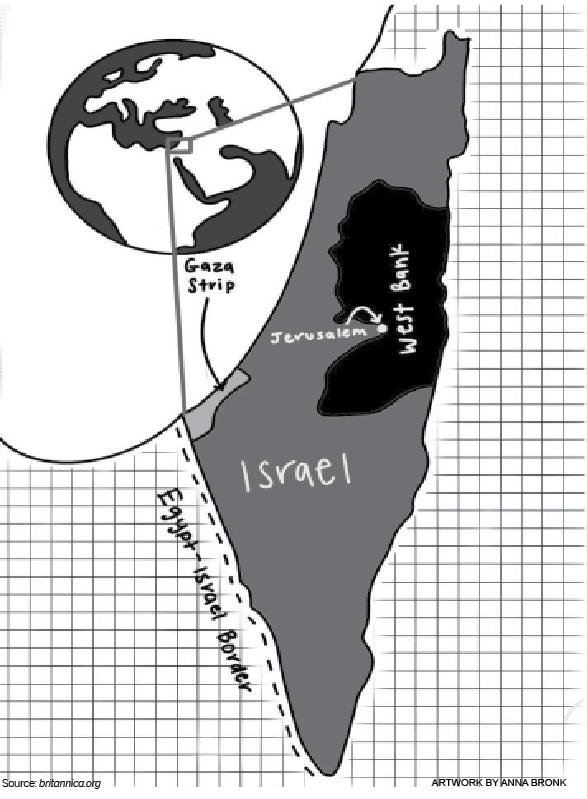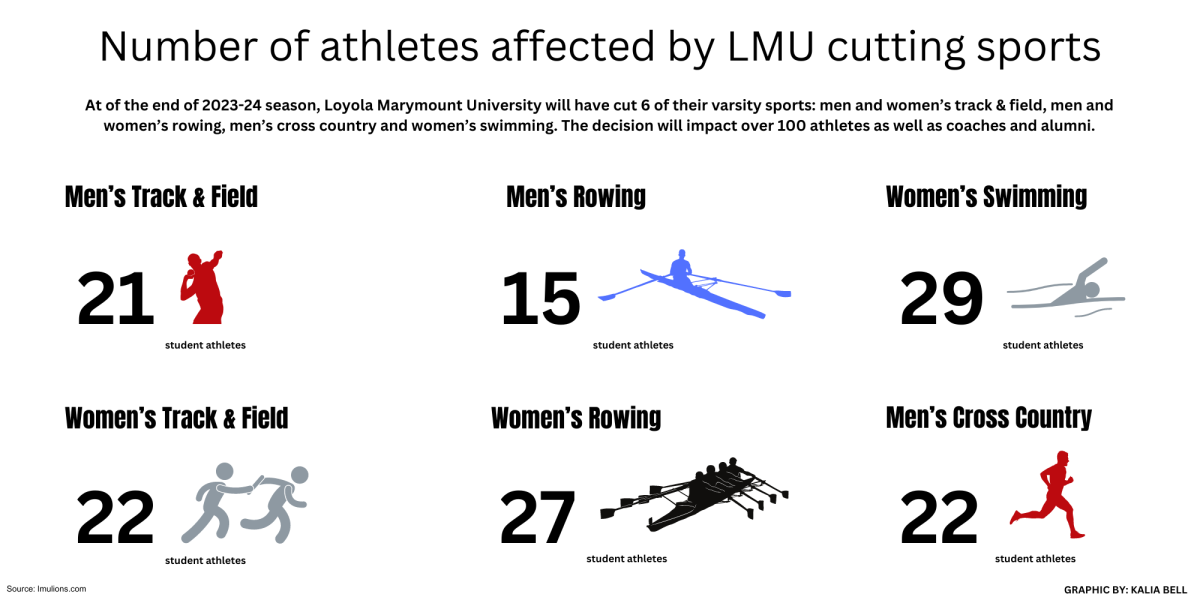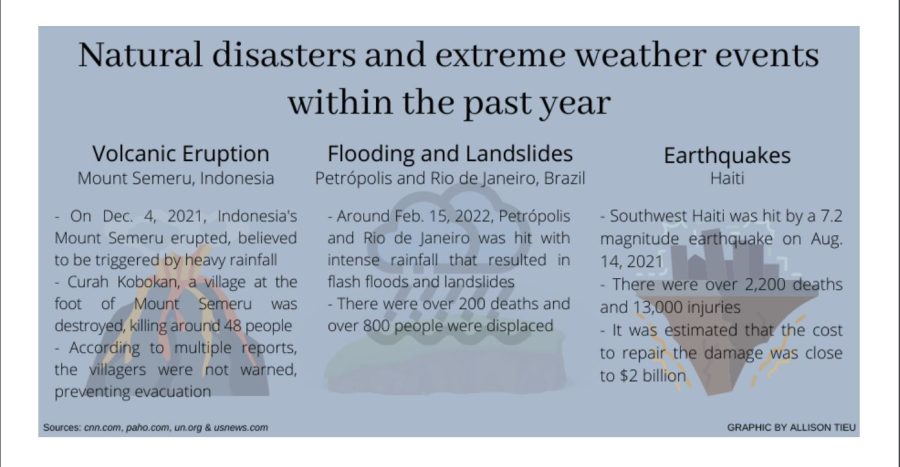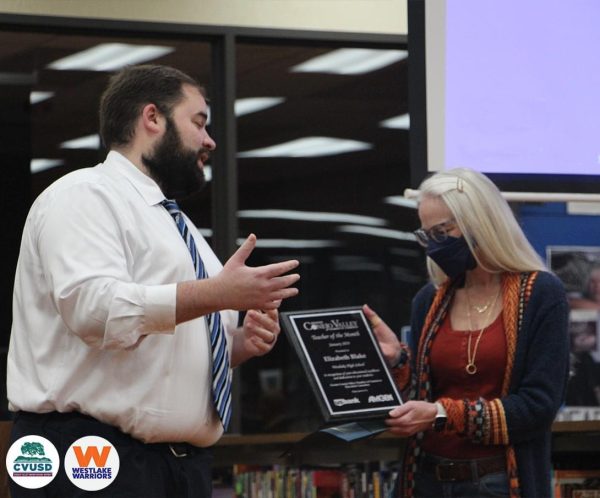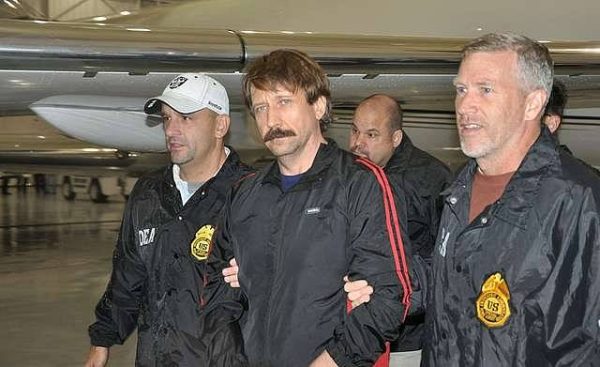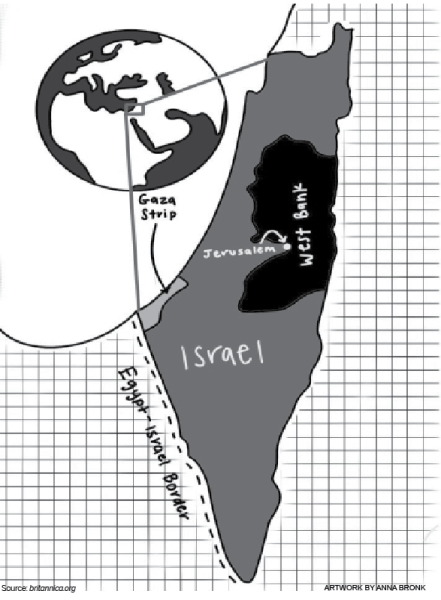United Nations addresses climate change report
On March 23, the United Nations announced its Early Warning Plan project and latest findings on harmful carbon emissions.
According to un.org, the early warning system is an adaptive measure for climate change that uses communication systems to help communities prepare for upcoming hazardous weather events, such as floods, droughts, heatwaves and storms. They use advanced computer models that provide real–time monitoring of atmospheric conditions on land and sea, allowing their impacts to be minimized.
“The growing number of disasters due to climate change is endangering a large number of sustainable development goals,” said World Meteorological Organization Secretary–General Petteri Taalas.
The project is one of the responses towards the increasing power and frequency of natural disasters. Heading the project is the WMO, which is set to present an action plan at the November UN climate conference.
The organization’s goal is to implement an early warning system worldwide within the next five years. According to Petteri Taalas, the WMO is expecting to invest $1.5 billion in order to improve the services and related infrastructure throughout these five years.
“Today, one–third of the world’s people, mainly in least–developed countries and small island developing states, are still not covered by early warning systems,” said UN Secretary–General António Guterres. “This is unacceptable, particularly with climate impacts sure to get even worse. We must boost the power of prediction for everyone to build their capacity to act.”
On April 4, the Intergovernmental Panel on Climate Change released a report showing that greenhouse gas emissions have increased over the past decade and are getting close to surpassing the 1.5℃ planet warming agreed upon in Paris 2015 if action is not taken.
“This is not fiction or exaggeration. It is what science tells us will result from our current energy policies,” said Guterres in a video message. “We are on a pathway to global warming of more than double the 1.5℃ limit.”
One of the effects of the increase of GHG emissions is heatwaves. For example, between March 14 and 16, satellites captured an ice shelf the size of New York City, at around 460 square miles, collapse in East Antarctica.
Ice shelves are floating ice sheets that are connected to a land mass. Without them, ice streams and glaciers flow into the ocean and contribute to sea level rise.
This took place during a warm spell where temperatures were 40℃ warmer than normal and reached a record temperature of -12℃. Although there has not been a collapse like this in East Antarctica since the invention of satellites, scientists are more concerned by the area at which it occurred than the amount of ice lost.
“The speed of the breakup of the ice shelf reminds us that things can change quickly,” said Matt King, a professor at the University of Tasmania and director of the Australian Center for Antarctic Science. “Our carbon emissions will have an impact in Antarctica, and Antarctica will come back to bite the rest of the world’s coastlines and it may happen faster than we think.”
Furthermore, Guerttes wrote in an op–ed article for the Washington Post that many high emitting governments and corporations are not only ignoring the issue, but they are also worsening it.
“They are adding fuel to the flames by continuing to invest in climate–choking industries,” wrote Guterres. “Scientists warn that we are already perilously close to tipping points that could lead to cascading and irreversible climate effects.”
Your donation will support the student journalists of Westlake High School. Your contribution will allow us to purchase equipment and cover our annual website hosting costs.

Hi! I’m Allison Tieu. I was the former Feature Section Editor , and I am currently the Co-Editor-in-Chief. This is my third year on The Arrow staff....

she/her
Hi! My name is Vivian, and I’m Co–Editor–In–Chief of The Arrow. This is my third year on the staff, and last year, I was Web–Editor–in–Chief...



